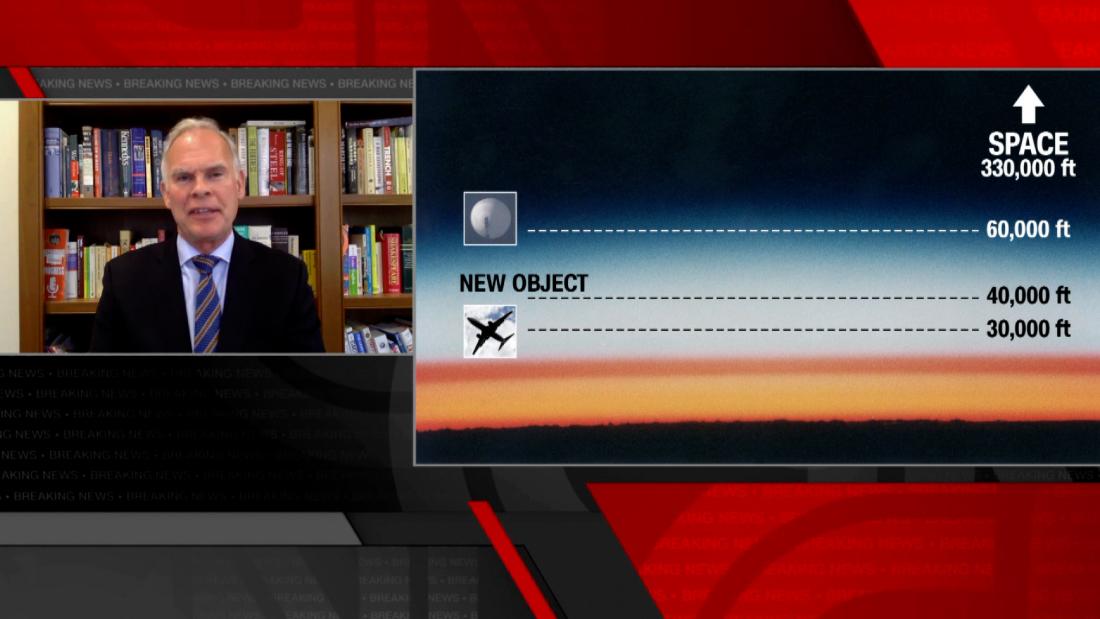North Carolina’s ‘Geriatric Death Row’
North Carolina has been increasingly criticized for failing to provide medical care and attention to the inmate population on Death Row — of whom 90 percent are over the age of 50, which the state defines as elderly. It's not the only state addressing the problem of aging incarcerees.

With nearly two-thirds of the 135 people on death row in North Carolina over the age of 50, which the state defines as “elderly,” and approximately 90 percent of people on death row potentially falling under the title within the next ten years, the now-informal geriatric unit is wholly unprepared to care for its aging population, reports The Intercept.
By the end of 2019, more than 21 percent of people incarcerated in state or federal prisons across the U.S. were age 50 or older, according to the Department of Justice. But death row is where the concentration of older people is highest: That same year, nearly 55 percent of people on death row in the U.S. were age 50 or older.
A 2006 study of 245 older incarcerated people found that nearly three-quarters of them were under medical care and taking prescription medications for a variety of chronic illnesses or diseases, ranging from heart disease and cancer to Parkinson’s and tuberculosis. A 2018 report to the state’s Joint Legislative Program Evaluation Oversight Committee, program evaluators found that the average health care expenditure for an elderly incarcerated person increased to $36,399 in fiscal year 2016-2017 — up nearly $31,000 since fiscal year 2006-2007.
It cost the state an estimated $27,748 more per person annually to care for an elderly person as compared with their younger peers. Despite completing a $153.7 million medical complex at Central Prison, where death row is located, and was predicted to save North Carolina $40 million a year, the facility remains empty due to a halt in funding.
Many of the incarcerated elderly suffer from chronic diseases and conditions such as high blood pressure, diabetes, cancer, and hepatitis C and face limited access to medical care and a shortage of nurses. A 2020 report to the state’s Joint Legislative Program Evaluation Oversight Committee, found that DPS had a 26 percent vacancy rate for nurses.

 Landwebs
Landwebs 
























